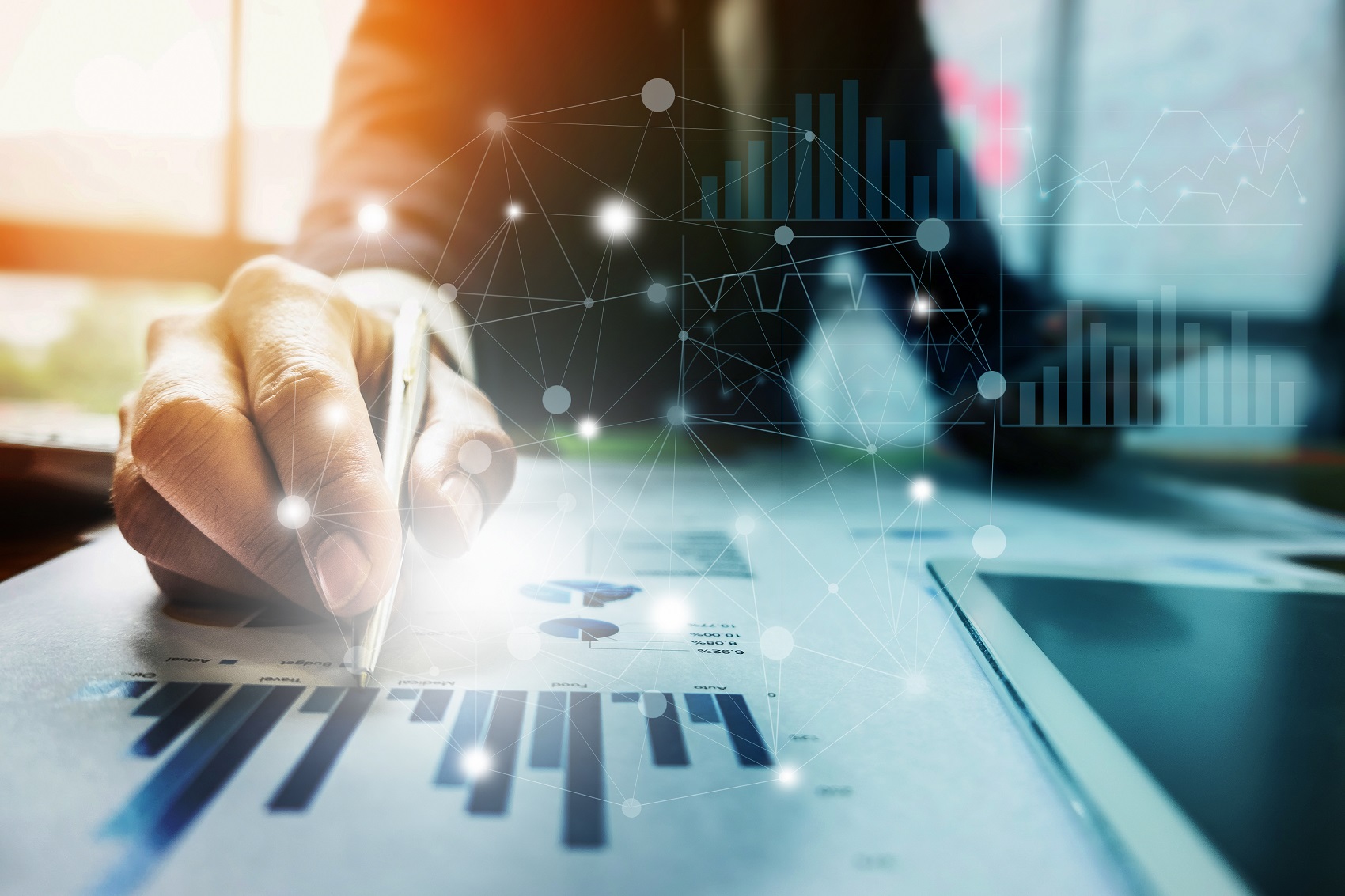Digital accounting isn’t just the future for businesses, it’s the here and now
29 June 2021
This article first appeared in Accountancy Daily on 23 April 2021.
So much has changed in the last 16 months. The way we work, the way we shop and even the way we communicate have all been turned upside down as we go through the biggest global crisis in a generation.
Thinking back to the beginning of last year, it seems like a different world, one where we could see our friends and family, shop without wearing a mask and actually go to the pub and order a drink from the bar – halcyon days indeed. Speaking of the bar, it was more or less this time last year that we were celebrating our win at the Xero Awards for cloud accounting at The Electric Brixton in London. It was a great night and something of which we remain extremely proud.
For a while now we’ve been talking about how revolutionary digital accounting platforms can be, how they could change the way we do business by streamlining processes and allowing real time monitoring of a business’s performance. However, change takes time and, it’s fair to say that many businesses have been reluctant to fully embrace technology when it came to their company finances.

With the sudden onset of the global coronavirus pandemic, and resulting lockdown, the use of accounting technology exploded. Amidst massive uncertainty, businesses were desperate to find ways to continue working effectively in the strangest and most challenging circumstances imaginable. Overnight, offices were shut down, face to face meetings were banned and the idea of an accountant physically going into a business for the old-fashioned rummage through the files seemed more and more far-fetched.
As a result, we quickly saw a breakdown of the previous reluctance as the benefits of adopting technology became clear.
To be fair, a certain level of technological ice breaking had already been done pre-pandemic with the looming Making Tax Digital deadlines forcing businesses to dip their toes in the waters of digital accountancy. It has taken something bigger than that to really bring these systems into the mass market though.
The immediate response from businesses was clearly focused on communication, both in terms of staying in touch with their customers and their advisors, but it wasn’t long before there was recognition that the potential went much further than Zoom calls and online spreadsheets.
Some of the apps that are readily available for businesses really are incredibly useful. From real time information and enhanced management reporting to cash flow forecasting and resource planning, there is a huge amount that can now be done digitally. For example, in days gone by, cashflow forecasting and budgets may have been produced on a quarterly or even an annual basis, based on figures that would always be retrospective. Now we have the ability to do this on a monthly, weekly or even daily basis with figures that we know are absolutely up to the minute accurate.
Similarly, we can work with clients to set KPIs that can be regularly reviewed to make sure that everything is on track to achieve business objectives during even the most challenging times. This also allows us to monitor and plan ahead and can even help predict future bumps in the road or issues such as cash flow bottle necks or supply chain issues.
What’s more, how we engage with clients is changing too. It’s often said that accountancy is a people business, but I’ve never known us to have so much contact time with our clients. It’s fantastic to be building stronger relationships and it’s all being facilitated by our increasing comfort in using technology to manage finances.
We saw the culmination of all these positives when the second wave hit, and we were plunged back into lockdown. Having learnt from the first period of restrictions many businesses were better prepared this time around and those that had more digital solutions in place found it much easier to be fleet of foot. For example, restaurants that already had electronic point of sale systems in place and a website able to take online orders, found the transition to providing takeaway much smoother and cost effective than those that didn’t.
Not every business has flicked the switch, however.
Perception is a big part of the reluctance to go digital, especially from those generations with less experience of using technology in their day to day lives. A lot of the businesses we speak to think digitising will be expensive, complex and time consuming. Needless to say, in the vast majority of cases, this simply isn’t true. Putting initial measures in place can be done at low cost and needn’t be a particularly complicated path to tread.
What is important though is that we get full buy in from the businesses we work with – otherwise the true benefits will never be unlocked.
Technology isn’t new, we’ve become increasingly reliant on it in our personal lives for decades now. The faster businesses recognise the benefits that technology can also bring to their accountancy and planning processes the better.
Contact us
If you’d like to discuss this further, please don’t hesitate to get in touch with myself, a member of our Digital Solutions team or your usual Johnston Carmichael adviser.